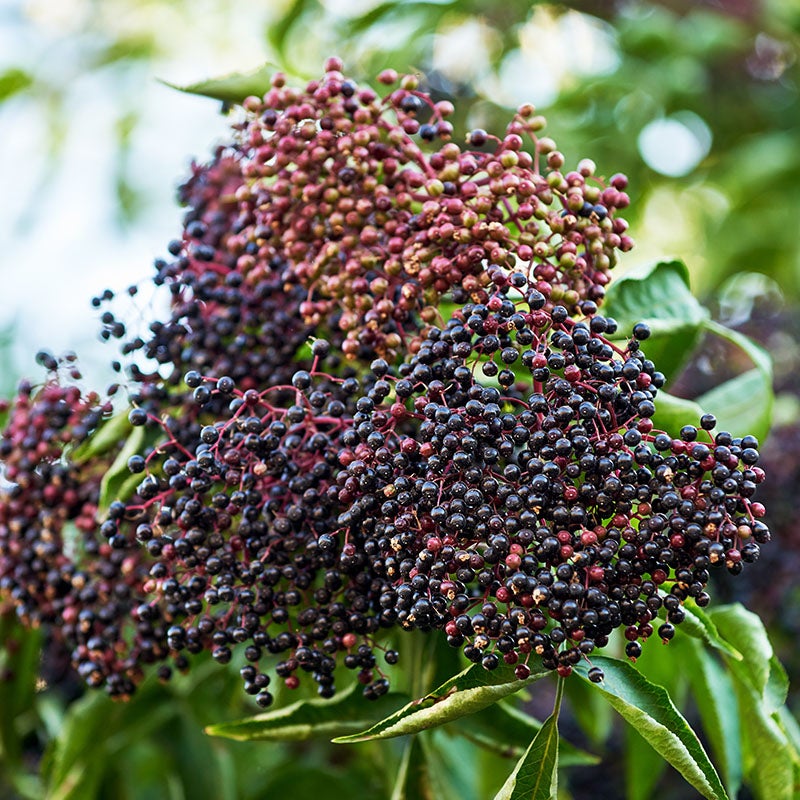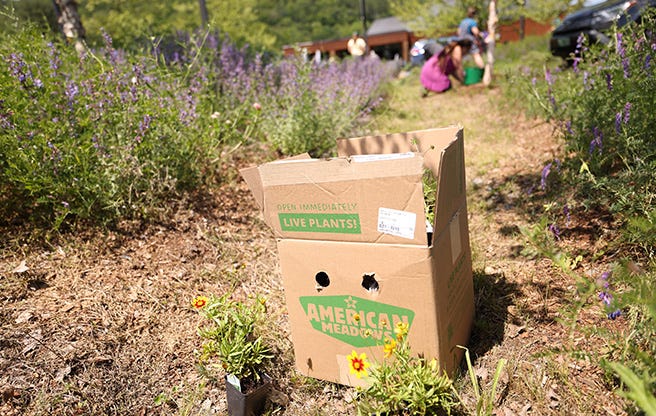Wyldewood Elderberry
SALE | SAVE 20%
SKU: AM019724
Shipping:
Shipping begins the week of May 6th, 2024
Overview
‘Wyldewood’ Elderberry is an outstanding native shrub that creates wildlife habitat and year-round beauty, with the added benefit of a bountiful crop of edible berries. Green lance-shaped foliage surrounds huge 12” white-petaled flower heads that bloom with a lemony scent in midsummer, followed by rich purple berries. Fast-growing, it’s a fantastic choice for growing along a fence, as a garden backdrop, or as a hedgerow to create privacy. (Sambucus canadensis)
key features
Botanical Name
Sambucus canadensis x Wyldewood
Advantages
Native, Bee Friendly, Attracts Butterflies, Attracts Birds, Rabbit Resistant, Fragrant, Privacy
Growing Zones
Zone 3, Zone 4, Zone 5, Zone 6, Zone 7, Zone 8, Zone 9
Light Requirements
Full Sun, Half Sun / Half Shade
Soil Moisture
Average, Moist / Wet
Mature Height
60-96" tall (5-8 feet)
Mature Spread
60-96" wide (5-8 feet)
Bloom Time
Mid summer
SKU
AM019724






